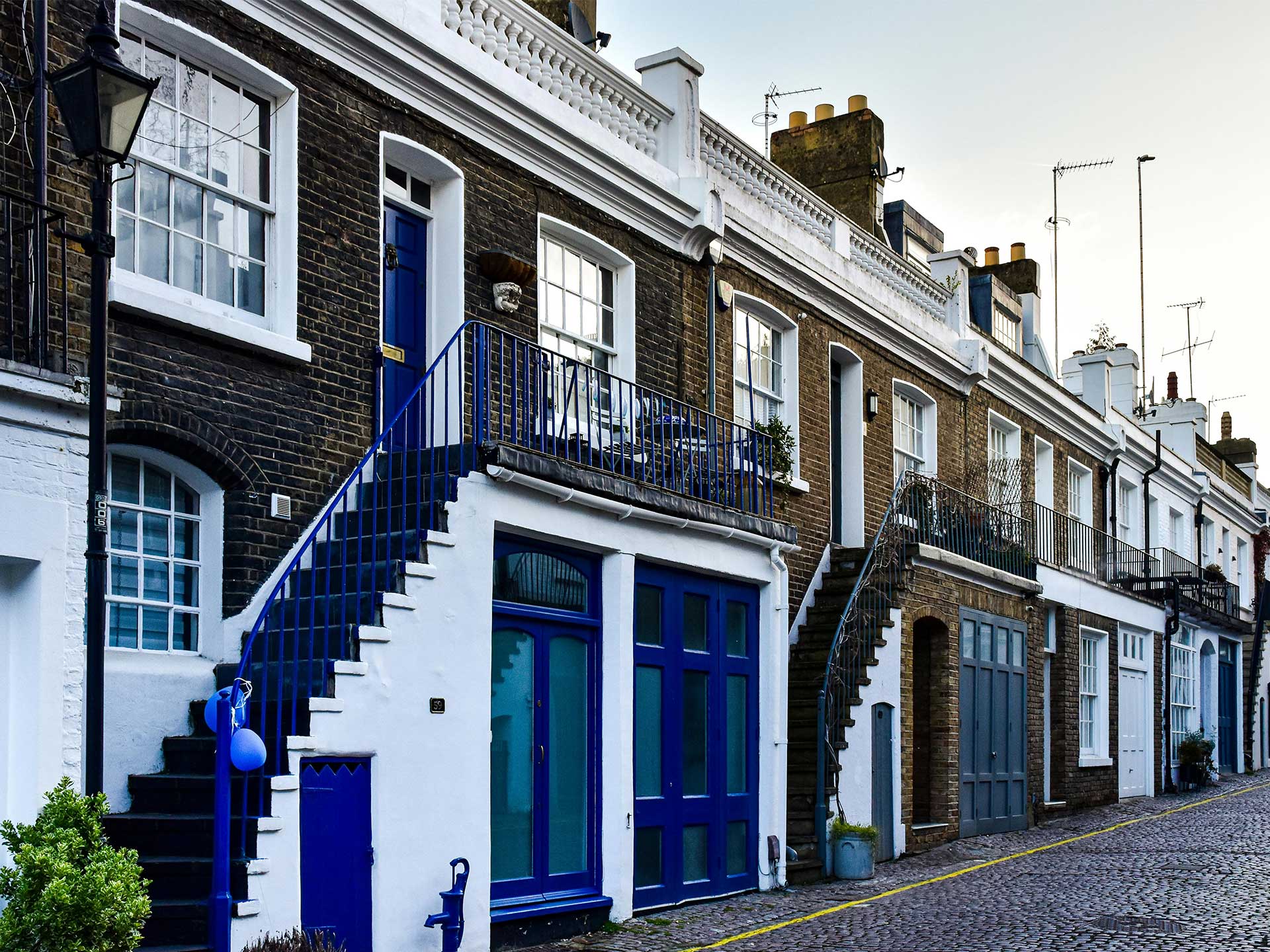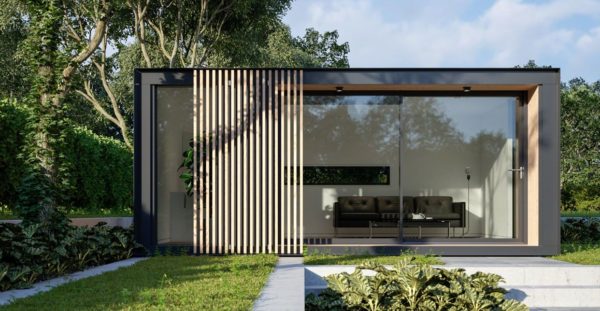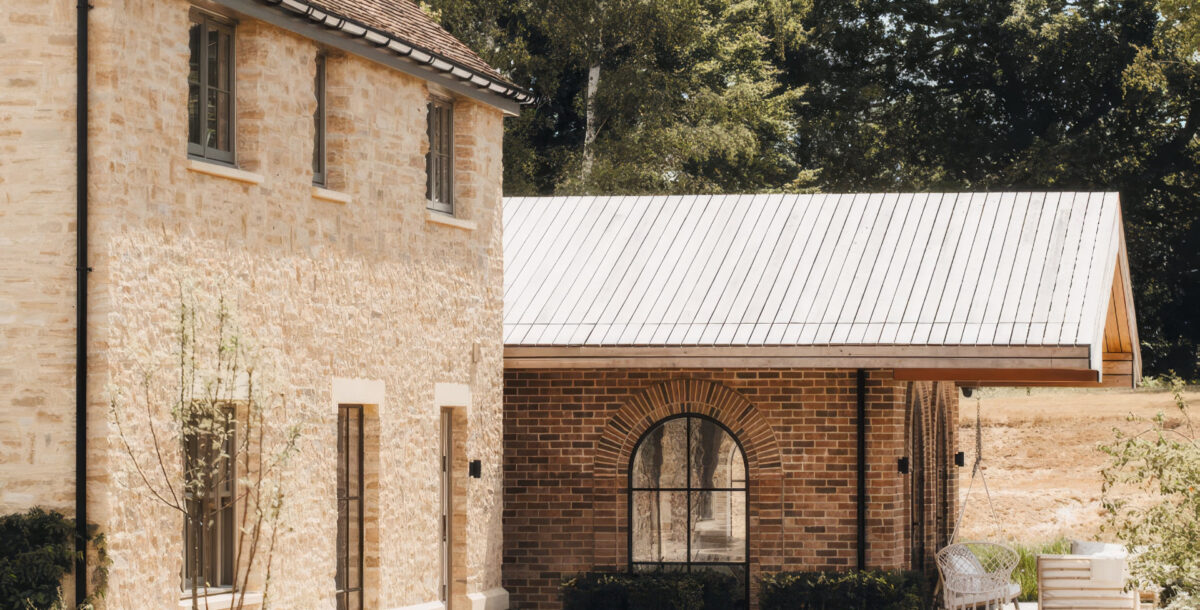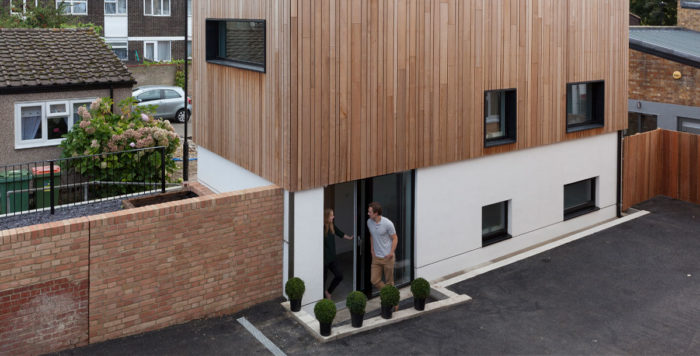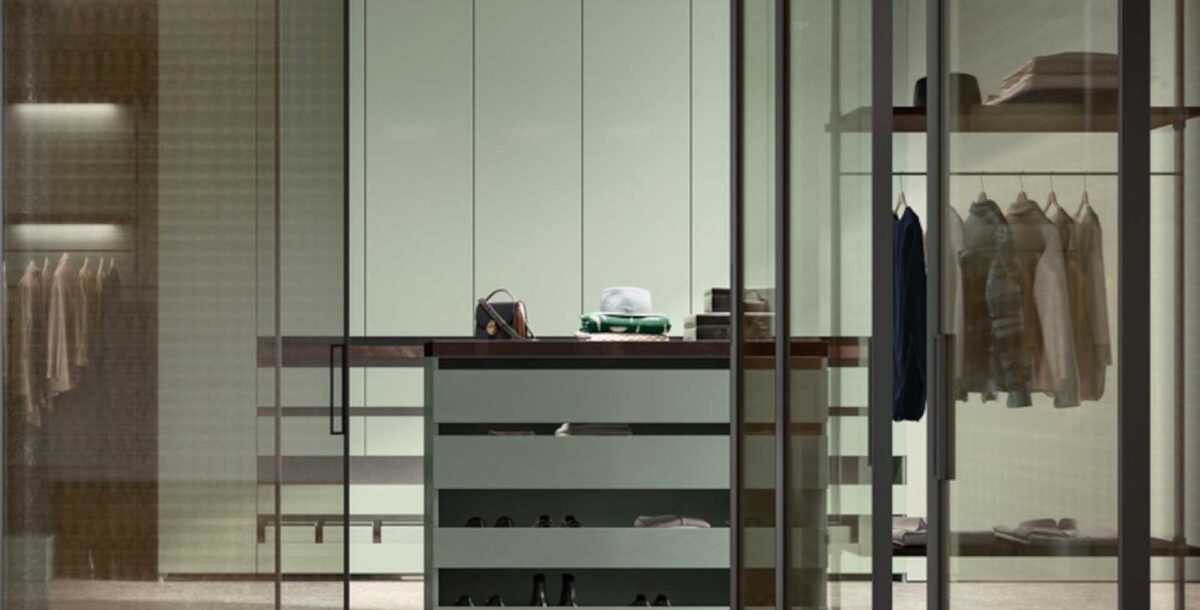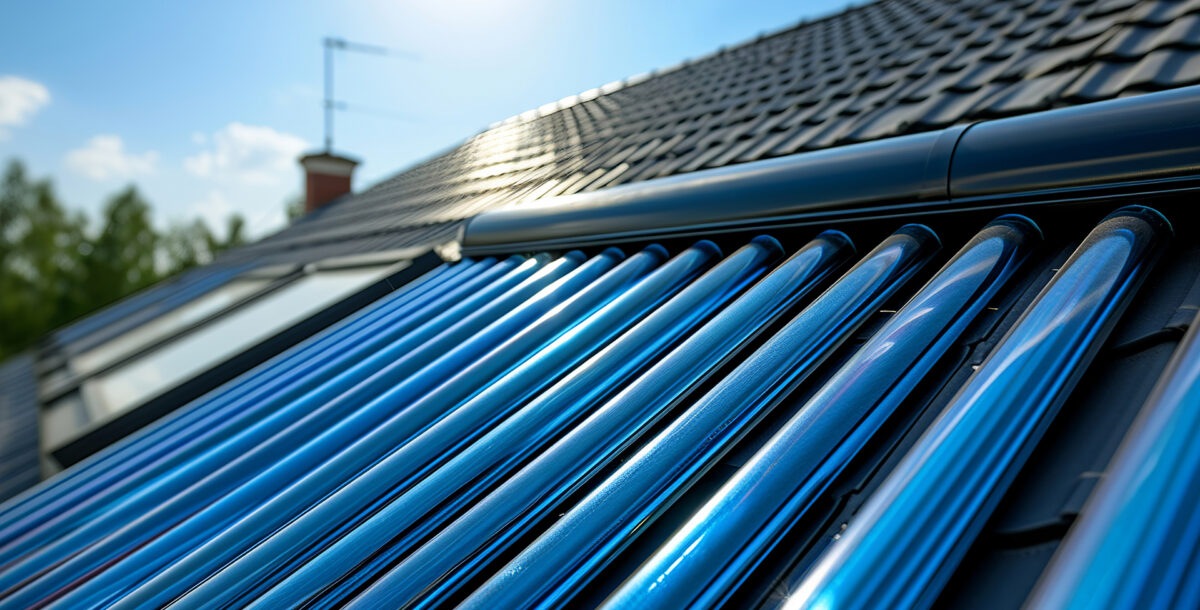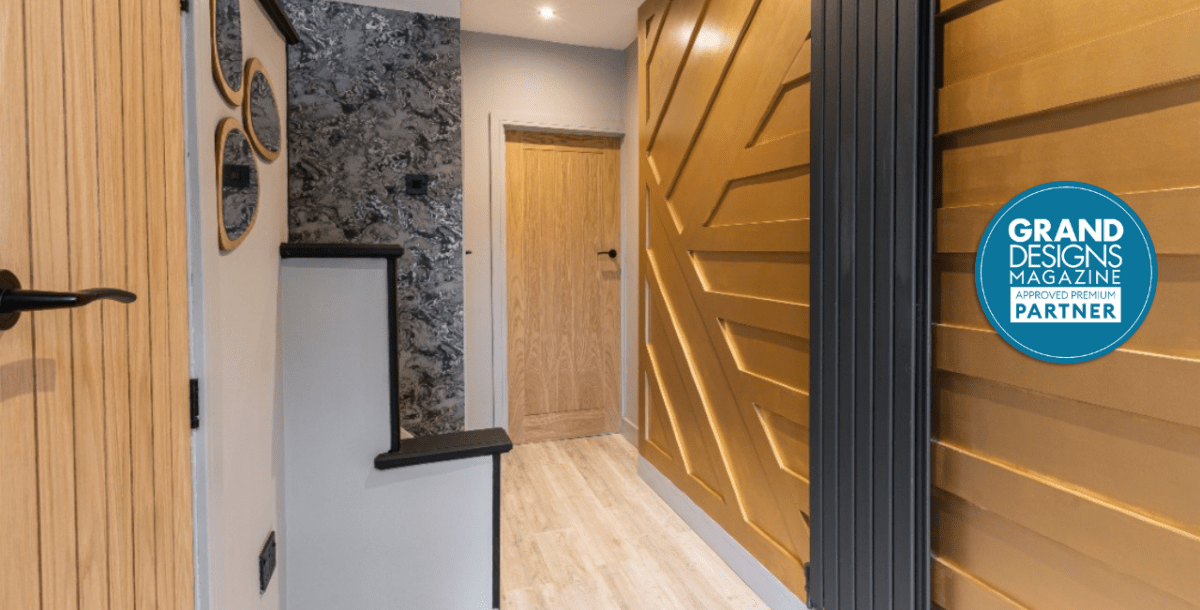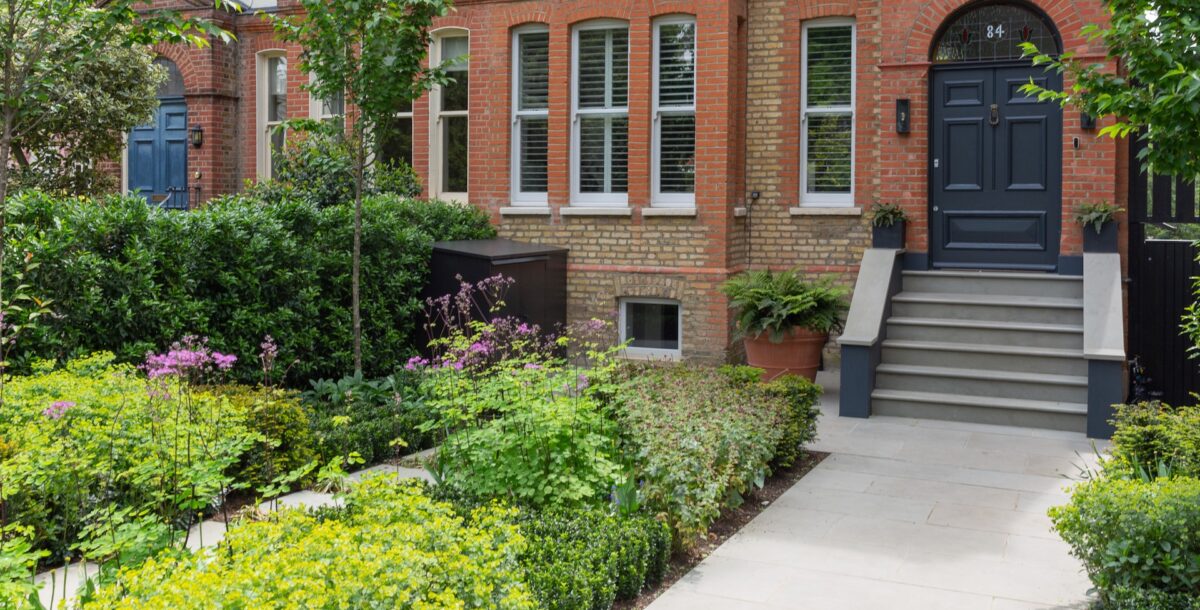How to make a Victorian house feel bigger
From adding an extension for space to cleverly placing mirrors to add light, here's how to make a Victorian house feel bigger and create openness and flow.
Architecture was booming in the Victorian times and there was great scope for creativity in their design. They’re still the most coveted style of houses today, and sometimes just need a little modernisation to make them fit modern life, and there are some great options to make a Victorian house feel bigger.
The size of Victorian houses runs the gamut, from tall city terraces, to suburban detached and semi-detached houses with typically larger floor plans and extensive gardens, to large-scale country houses. All of them offer plenty of flexibility in how to create light and space.
Whether you’re looking for simple tweaks to make your Victorian house feel bigger, like reducing high cabinetry in the kitchen, adding picture windows or adding large mirrors to reflect light. Or going for a more intense option like a side-return extension or another Victorian house extension, these ideas will bring flexibility and functionality to your home.
Opt for lower level kitchen cabinets
Dependent on the style of your Victorian home, particularly in city townhouses, the kitchens can be on the smaller side. Galley kitchens are quite common in Victorian homes, and if you don’t have much floor space, large amounts of cabinetry can make the space feel cramped. Reduce the visual clutter by opting for only lower level kitchen cabinets.
Having only lower cabinetry will allow for better natural light distribution and the opportunity to go for large picture windows to open up the room. From a functional point of view, low cabinets are easy to access and can be designed with deep drawers and pull-out shelves to maximise their useability. If you still need extra storage you could run open plan shelves along the top for a minimalist look and the flexibility to create more of a design statement.
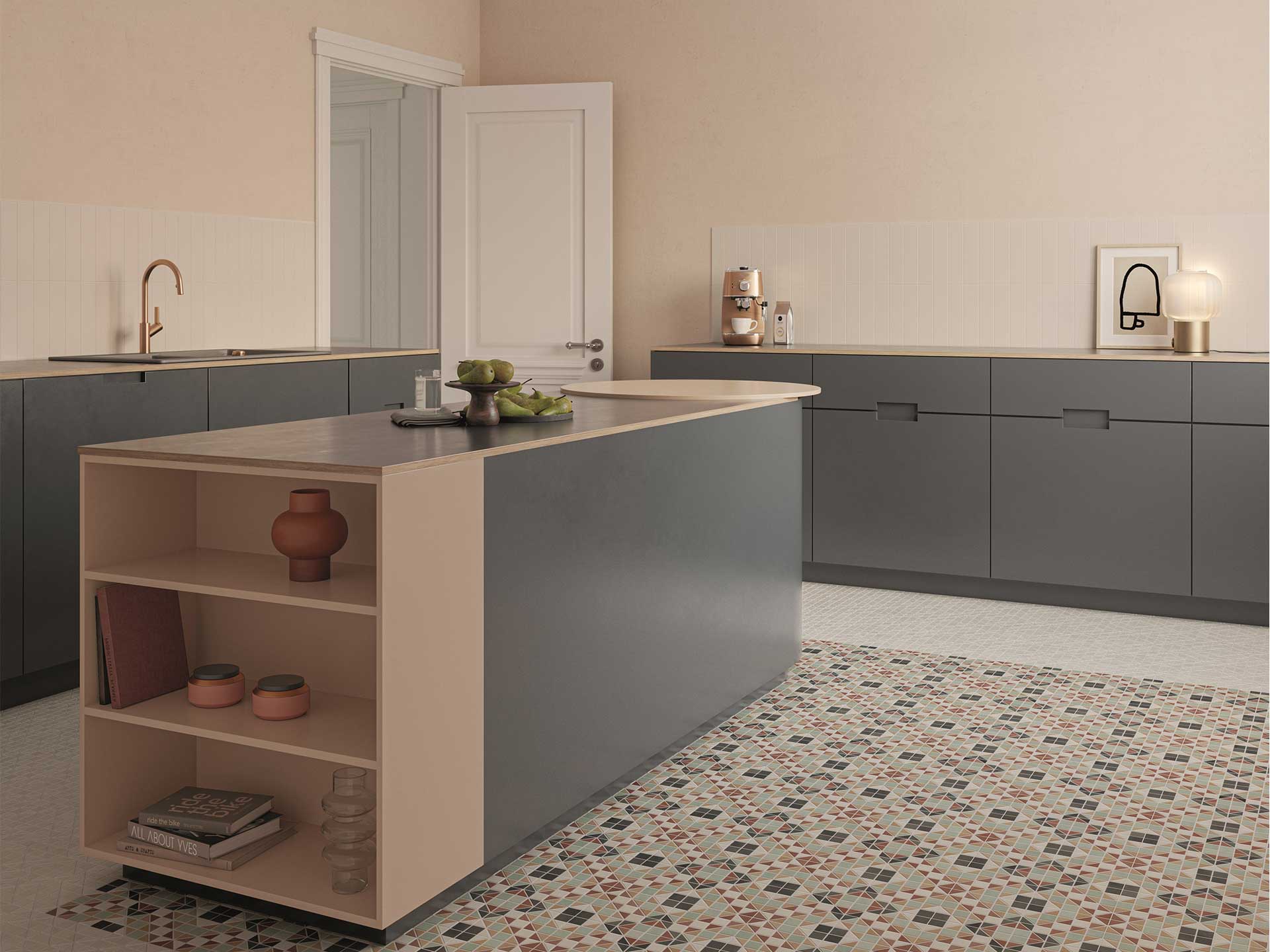
Image credit: Porcelain Superstore
Go for a green roof extension
Choosing an extension that was sensitive to the fact this London home is in a conservation area, was key for making this Grand Designs’ Victorian home feel bigger. “With a poorly designed and unattractive conservatory stuck on the rear of their home, the owners of this Victorian flat were keen to swap the dated structure for a comfortable, more contemporary alternative that would complement their period property. As well as blocking most of the natural light from reaching their rear reception room, the construction was cold in winter and overbearingly hot in summer, which meant the couple rarely spent any time in it.”
“The pitched roof of the new extension matches the original height of the old conservatory, creating an airy, bright space that’s lit from above by several large roof lights, which also improves the levels of natural illumination reaching the rear room of the house.” Adding a green roof increased the home’s connection to nature and helped in reflecting more natural light. Green roofs can blend more seamlessly into the environment, which all helps with a feel of spaciousness.
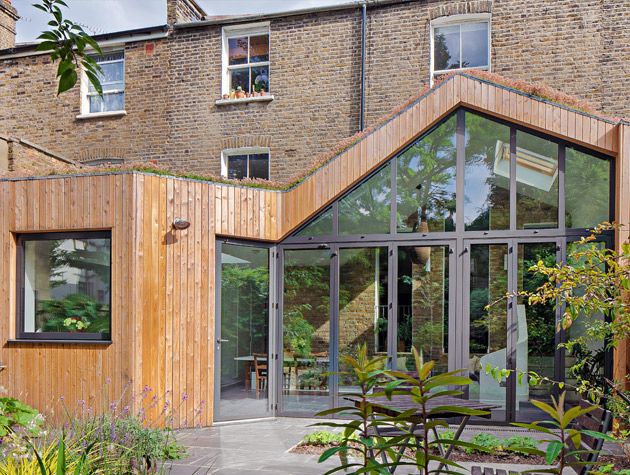
Image credit: Jan Piotrowicz
Add mirrors for the illusion of space
One of the beauties of Victorian houses is that they usually come with very high ceilings (often ranging from between 10 and 14 feet) which means the space can take a large mirror. Don’t be afraid to go really big. The larger the mirror, the bigger the impact will be. Frameless choices (like the one pictured) can look seamless when making a Victorian house feel bigger to reflect the light and create the illusion of space.
Think about the positioning, if you place a huge mirror opposite your windows, it will reflect a maximum amount of light and help a room feel more open. Reflecting outside views into your home can give it depth, and if you have your mirror facing a window that looks out into the garden, you can bring in the feel of nature. Mirrors in dark corners can bounce light around the room, and for a more laid-back feel, you can lean your mirror against the wall. A curved mirror can bring a softer feel.
If you want your mirror to create a focal point, opt for an elaborate frame. To be in keeping with the era Victorian styles tended to be elaborate, so think gilding, carved wood or antique finished frames.
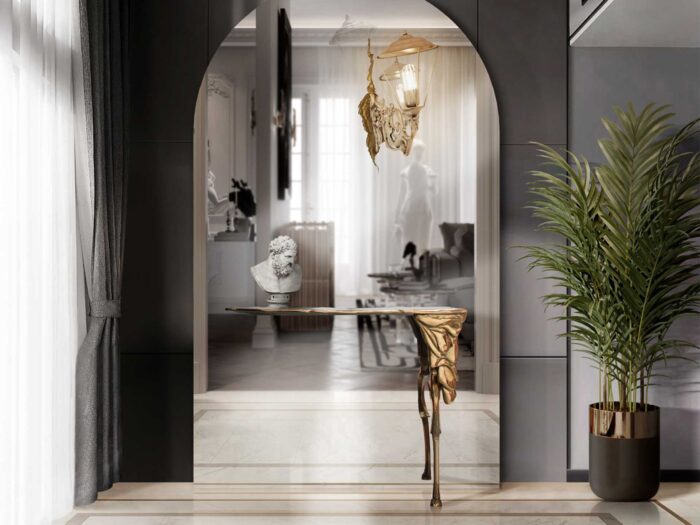
Image credit: Boco do Lobo
Consider a small extension with big impact
Not all extensions have to be big, even extending your Victorian home by a small amount, can completely open up the space and how you use it. Designed by McLaren Excell, this weathered steel and concrete extension in this West London home avoids Velux windows and folding or sliding doors and has a flat roof.
At three meters tall, the extension is high rather than wide, and a joint planning application with the neighbours had to be approved to bypass guidelines for the maximum height of extensions. The benefits of this were to add light and space.
By continuing concrete flooring from the kitchen inside to the outdoor living area, the family has created a seamless visual look and utilised the available floor space. A concrete bench outside mirrors the long concrete bench inside, so the garden can be used as another room of the house.
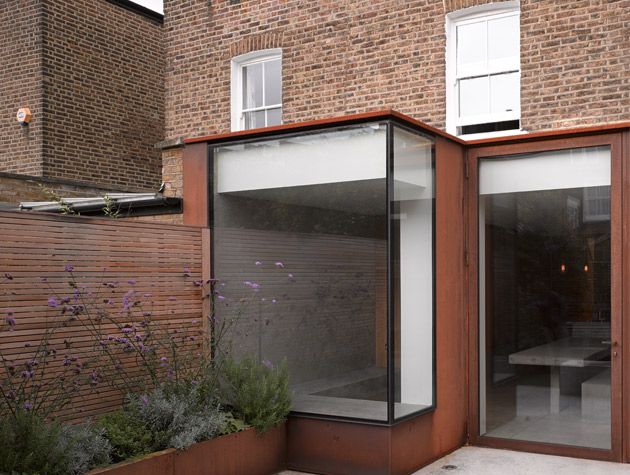
Image credit: McLaren Excell
Try broken plan living
This incredible Grand Designs old Victorian diary in Herne Hill is a exemplary showcase of how to make a Victorian home feel bigger. Its open plan feel makes the most of the building’s footprint, and zones the spaces inside and out with broken plan living. The original glass roof was an American barn shape, which the couple were keen to retain to keep as much character of the old dairy as they could. They also added the illusion of space by bringing in a range of surface design and textures. Different materials add visual interest and guide the eye around the space. Light also interacts differently with different materials creating varied highlights.
“Instead of cladding the roof with zinc, they found a supplier for steel panels normally used on aircraft hangars. Foregoing polished concrete floors, the couple used a product called Pandomo that gives the same effect. Pandomo is actually just a thin layer of material over the existing floor. These sorts of savings meant more of the budget could be spent on show-stopping features, such as the bespoke industrial doors and windows at the front of the house.”
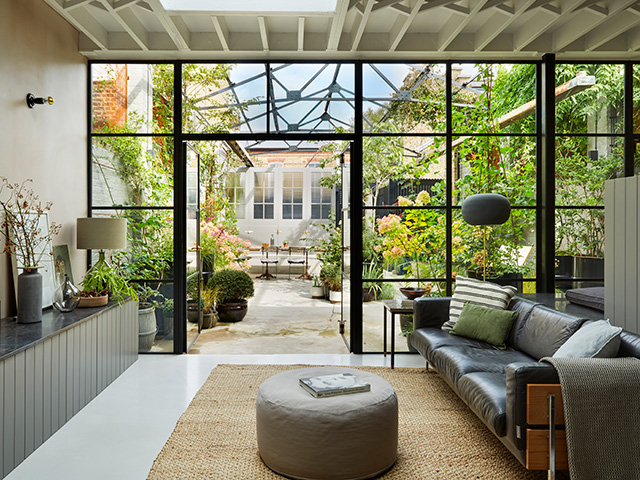
Image credit: Matt Chisnall
Let in the light
A lot of making a Victorian house feel bigger comes down to clever use of light. Stained glass windows add the intricate and ornate detail the Victorian period was renowned for while also opening up the space, creating a sense of visual interest and bringing in a sense of depth.
Stained glass windows (even colourless ones like pictured) do a good job of diffusing and softening natural light and maximising the amount of sun coming into the room. Using stained glass in tall, narrow formats, like below, can draw the eye upwards and make the ceilings of your Victorian home appear higher.
You could consider positioning large mirrors opposite your stained glass windows to reflect the light and patterns around the room to soothing effect.
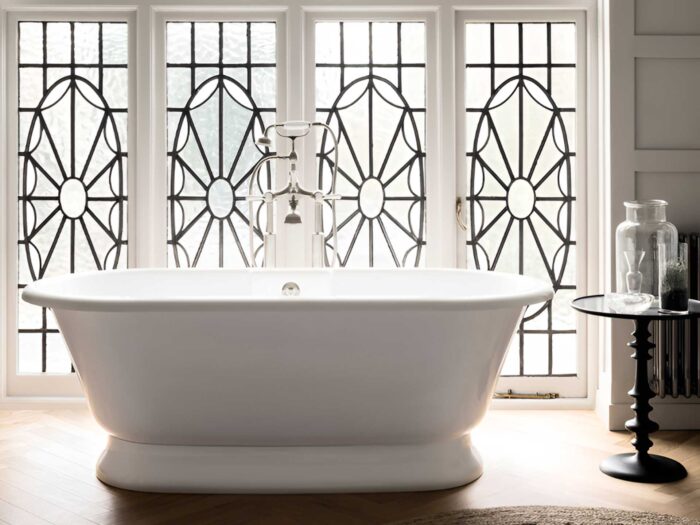
Image credit: Sanctuary Bathrooms
Open your entrance spaces
With the industrial revolution and subsequent economic expansion, the Victorian period’s emphasis on wealth and status and aesthetics meant much of the architecture was designed for entertaining. A Victorian hallway was integral part of this, allowing guests to experience both functionality and grandeur.
Spacious entrance spaces give an airy, relaxed welcome to a home and facilitate spatial flow and movement around the many rooms that often come off a Victorian hallway with ease. Large windows in dark hallways will flood in light to help with the illusion of space. Given the entrance hall is your guest’s first impression of your home, it’s also the perfect place to showcase design with eye-catching tiling, panelling or intricate cornicing or wainscotting.
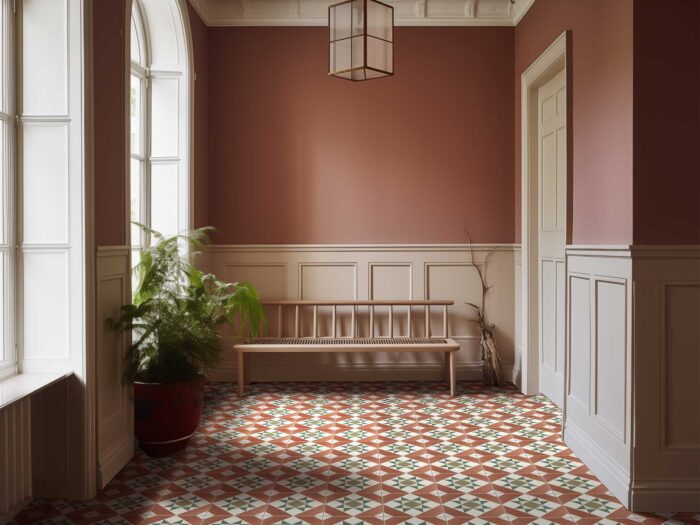
Image credit: Porcelain Superstore

